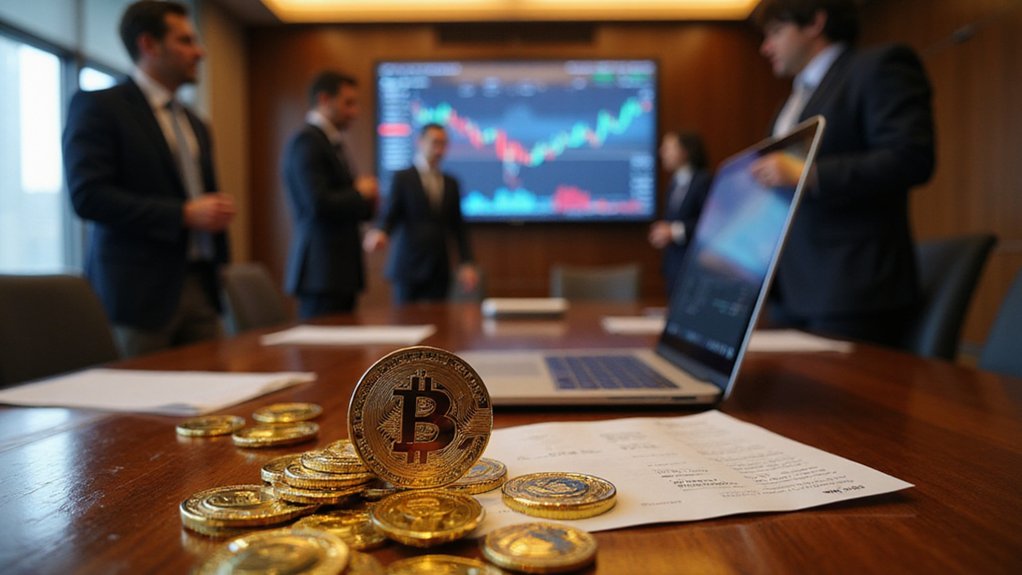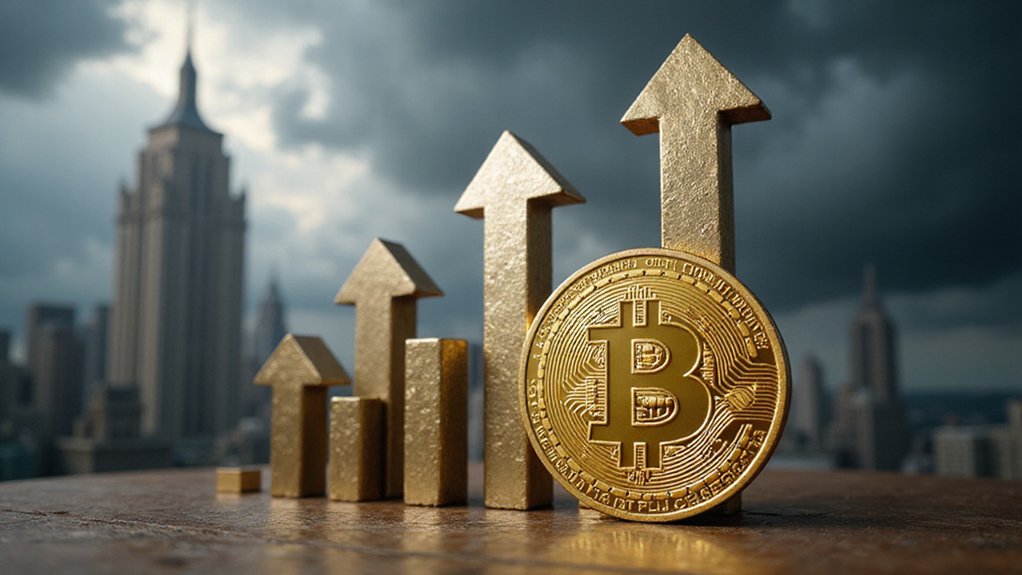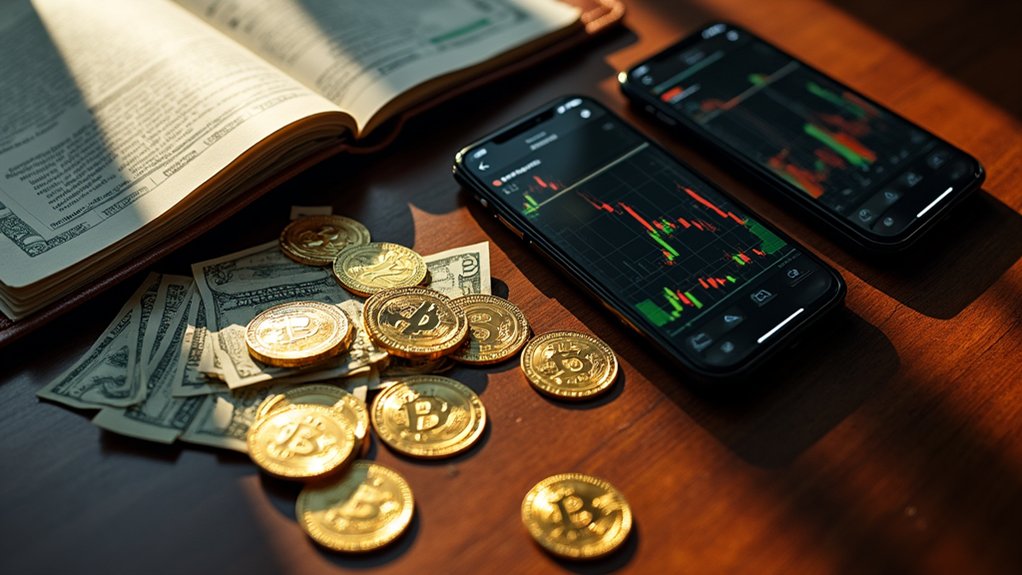The alchemical pursuit of transforming physical assets into digital tokens has emerged as blockchain technology‘s most ambitious attempt to reconcile the immutable reality of tangible wealth with the ethereal promises of decentralized finance. Real-world assets (RWAs) represent everything from Manhattan penthouses to Mongolian gold reserves, all ostensibly reducible to smart contract logic and fractional ownership schemes that would make medieval guild masters weep with envy.
The tokenization process creates what proponents cheerfully describe as “digital twins”—a phrase that suggests assets can somehow exist in two places simultaneously without violating basic principles of physics or property law. These digital representations span tangible assets like commodities and real estate alongside intangible holdings including patents, bonds, and intellectual property. Even stablecoins, those paragons of crypto stability backed by Treasury bills and cash reserves, qualify as RWAs despite existing primarily as accounting entries in traditional banking systems.
The digital twin mythology persists despite tokenized assets remaining stubbornly singular, governed by inconveniently physical laws and jurisdictional realities.
The benefits appear compelling enough to seduce institutional investors: enhanced liquidity through fractional ownership, improved transparency via blockchain’s immutable ledger, and democratized access to previously exclusive markets. Agricultural products can theoretically trade alongside derivatives and collectibles, all governed by the same smart contract infrastructure that occasionally locks millions in inaccessible wallets due to coding errors. The automation potential of smart contracts promises greater efficiency by reducing intermediaries traditionally required for asset transfers and management.
Yet the challenges reveal themselves as financial puzzles demanding entirely new building blocks. Regulatory frameworks vary dramatically across jurisdictions, creating a labyrinthine compliance landscape where securities laws intersect with property rights in ways that would challenge Solomon’s wisdom. Custody arrangements for off-chain assets backing on-chain tokens raise existential questions about ownership, while valuation methodologies for illiquid or specialized assets remain frustratingly inconsistent. The DeFi ecosystem introduces additional complexity as tokenized assets seek integration with existing decentralized protocols.
The market opportunity ostensibly reaches hundreds of trillions globally—a figure that encompasses virtually every asset class currently traded through traditional channels. Fiat-backed stablecoins alone exceed $220 billion in market capitalization, suggesting genuine institutional appetite for digitized real-world exposure. Portfolio trackers have become essential tools for monitoring performance across this increasingly fragmented ecosystem of digital assets.
Supply chain transparency for commodities and fractional real estate ownership represent practical applications already gaining traction. However, the operational complexity of verifying legal ownership, managing asset provenance, and maintaining standardized protocols across different blockchain networks suggests that transforming the global financial system may require more than clever code and ambitious whitepapers.








